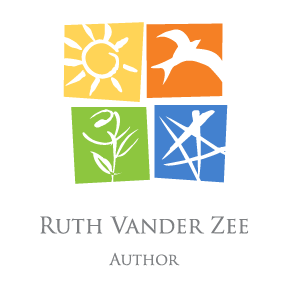Next Year. Hope in the Dust
In the 1930s, as the entire United States contended with the effects of the Great Depression, dust storms raged throughout a portion of the country that had once been rich farmland. Depleted of their natural prairie grasses and farmed too harshly, eroded soils blew away as drought settled in. Like thousands of Americans during that time, Calvin and his family cling to a hope that next year will be better. As one year turns to five, though, hope slips through the cracks like the fine dust particles that make everyone sick. How will they hold on? When will “next year” finally come? Ultimately, a choice will be made that will change the landscape of Calvin’s family forever.
Ruth Vander Zee • author
Gary Kelley • illustrator
Creative Editions/Creative Company
ISBN 978-1-56846-282-0
EDUCATIONAL MATERIAL
Click on the link below to find teacher resources for your classroom. Explore this site for helpful lesson plans, videos, photos, and history.
This excellent source has been developed by PBS in cooperation with Ken Burns.
In writing NEXT YEAR – Hope in the Dust, I used Ken Burns’ great documentary as one of my sources.
AWARDS
...
REVIEWS
Starred Kirkus review for NEXT YEAR, 2017: An early adolescent boy who lives with his parents on their farm during the Dust Bowl tells his story in this picture book. In 1935, Calvin, the white narrator, is 12. He lives with Ma and Dad (both also white) on a farm on a prairie that has become, because of the four-year drought, a land of starving cattle, withered crops, and dust storms. Calvin's father, discouraged but clinging to hope, tells him, "It's gonna be better next year." But it doesn't get better for four more years—until 1939—when the rains finally come. By then Calvin's parents have had enough, and to Calvin's dismay, they pack up and leave. Now 16 and realizing, "I love what I've hated for so long," Calvin stays behind to farm the land in the more sustainable ways he has learned about during the drought. Vander Zee's poetic narrative, with its precise distillation and keen perception, brings the poverty and heartbreak of this time powerfully forward, while the story's undercurrent of perseverance, strength of character, and, ultimately, respect and stewardship of the land give it hope. Kelley's magnificent, colorful, black-outlined illustrations flawlessly convey the grandeur of the land as well as the awfulness of that time. The book's overall design is stellar, each page a visual tour de force, balancing white space, words, and illustration. Stunning. (author's note) (Picture book. 8-14)
SEVEN IMPOSSIBLE THINGS BEFORE BREAKFAST (WHY STOP AT SIX/)
blaine.org/sevenimpossiblethings
Know what I like to see, dear Imps? The artwork of Gary Kelley. (Here’s a 2014 case-in-point.) He has illustrated a new picture book, coming to shelves next month. Ruth Vander Zee’s Next Year: Hope in the Dust (Creative Editions) is a stark and stirring tribute to the horrors of the American Dust Bowl in the 1930s. But, ultimately, it’s a story of hope (as the sub-title tells us), this story of one family’s extended struggle with dust and drought and a boy who grows into adulthood, determined to preserve the land his family owned.
The author captures with precise and evocative language the before-and-after of the traumatic events of the Dust Bowl...
THROUGH THE LOOKING GLASS
...This powerful picture book brings to life what it was like to live through the dust bowl years on a farm that was affected by this appalling natural disaster. We are witnesses to the suffering that Calvin and his family are subjected to, but we also witness the way in which Calvin does his best to bring about change. Somehow he clings to hope, even when everything feels hopeless.
Throughout the book a lyrical text is paired with beautiful artwork to give readers a reading experience that is both deeply moving and memorable.
Review Written by Marya Jansen-Gruber

